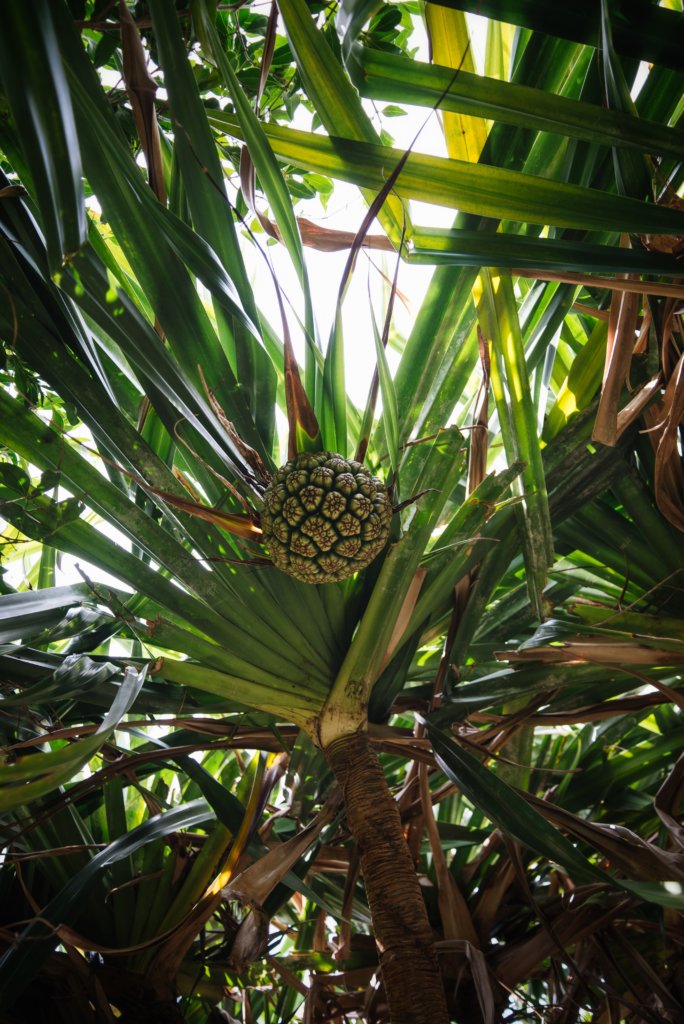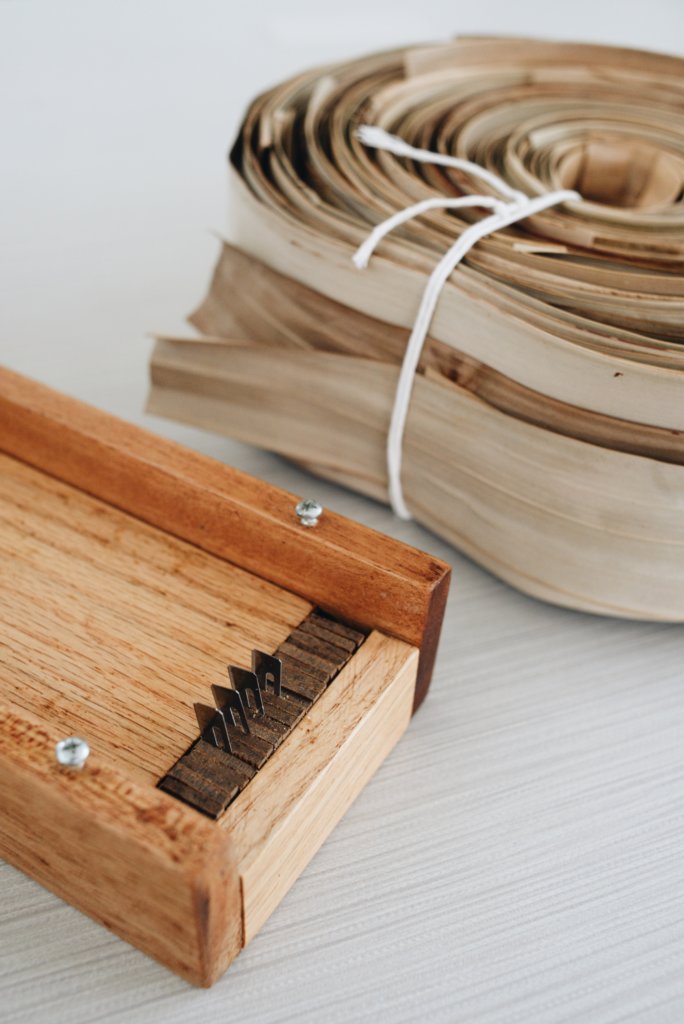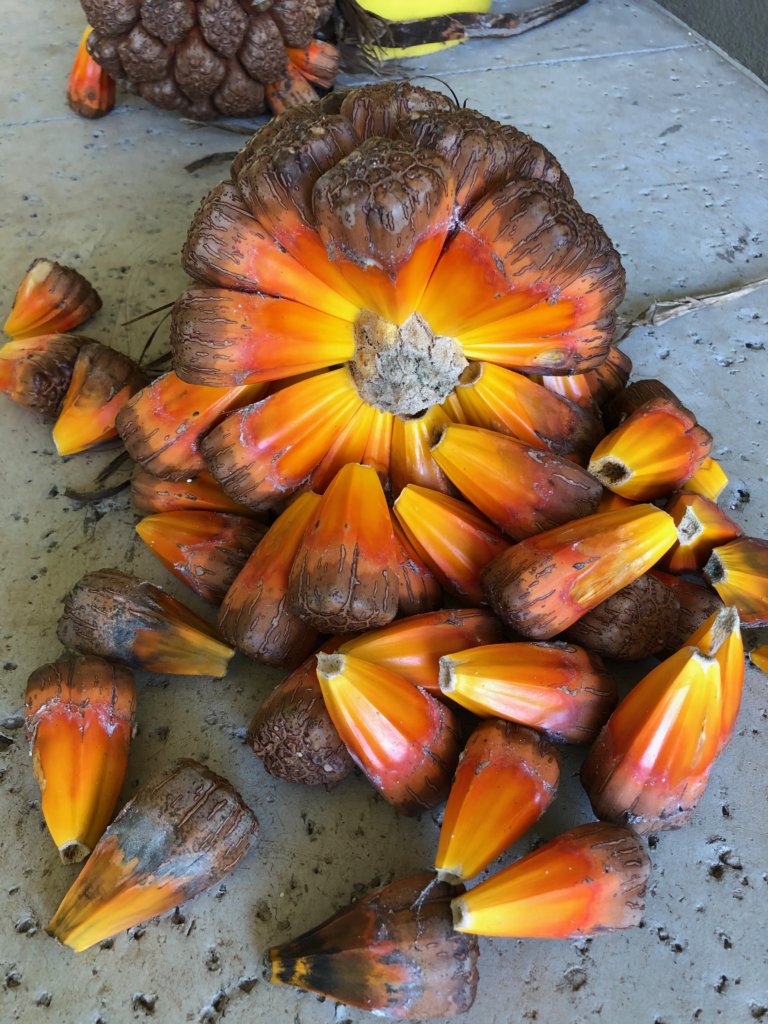Hala


– PC: Lianne Rozzelle

Pandanus
Polynesian Introduction
Leaves (lau hala) used for plaiting mats, canoe sails, hats and containers; fruits for lei-making and paintbrushes; roots and flowers used medicinally. Male flower (hinano) is an aphrodisiac. The small fruits are edible and used only as a famine food. The aerial roots allow hala to filter saltwater and survive at the coastline.
It is arguable that hala is native indigenous as the seeds float and could have traveled across thousands of miles of ocean naturally. Regarded as a nature spirit (kupua), the hala tree has been and continues to be revered and utilized by Pacific people. Every portion of the growing and mature plant provides materials for housing, food, medicine, fishing implements, bedding, canoe sails and included in religious ceremonies and moʻolelo.
The spiny hala leaves are tough and durable and were woven into mats and used extensively as floor-coverings. hala’s natural, lustrous “plastic” finish is impervious to dirt and is water-tolerant. Historically, women were responsible for making mats which was very time-consuming. The preparation of the leaves for weaving (kūkaʻa) is time-consuming as well and involves collecting, cutting, drying, scraping, beating, splitting, and rolling the long leaves.
The fruitlets are edible and eaten as famine food in Hawai‘i. It is more seen in fresh lei. A hala fruit lei symbolizes good luck for the New Year. The dry fruitlets resemble stubby paint brushes and were important in staining and varnishing kapa.